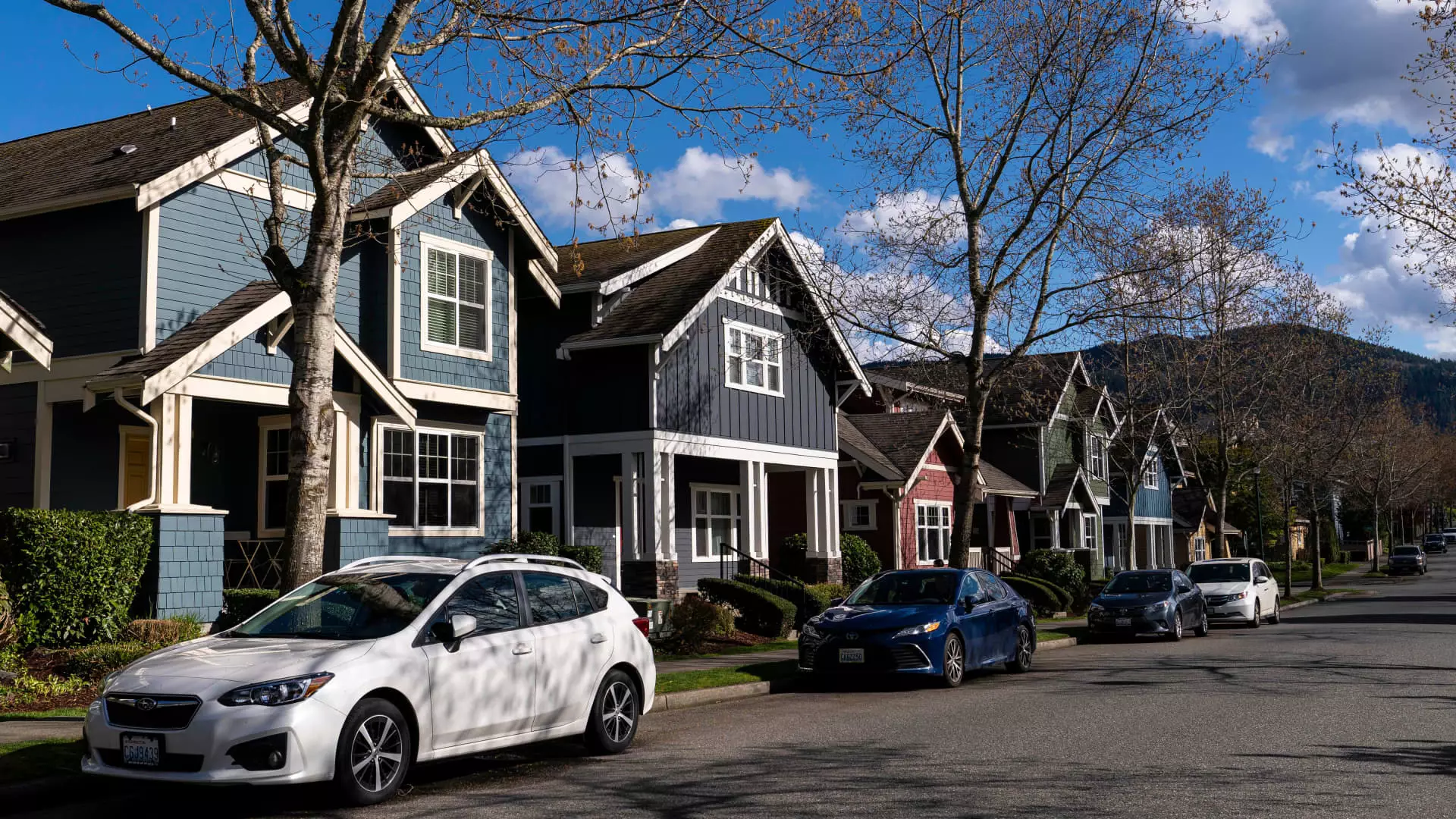The market for previously owned homes is facing challenges, with sales at a 30-year low and minimal movement seen in May. Existing home sales remained relatively flat, dropping by 0.7% from April to a seasonally adjusted annual rate of 4.11 million units. This trend mirrors a 2.8% decrease from the previous year. The consistency in these numbers is concerning, especially when considering the impact of rising prices and mortgage rates.
The stagnant sales can be partly attributed to the notable increase in mortgage rates seen in April. The average rate for a 30-year fixed loan surged from just below 7% to over 7.5%, before settling back slightly in May. Despite the slight decrease, the rate remains high at around 7%. Lawrence Yun, the chief economist at the NAR, expressed disappointment in the lack of recovery in home sales, highlighting the challenges faced by the market.
Sales in all regions, except the South, experienced no change month-to-month, with a 1.6% decline seen in the South. A significant shift in May was the increase in the inventory of homes for sale, rising by 6.7% from the previous month and 18.5% from the previous year. This rise brings the supply to a 3.7-month level, which is still considered low given the existing demand.
The sustained demand for housing continues to drive prices upwards, with the median price of existing homes hitting a record high of $419,300 in May. This figure marks a 5.8% increase from the previous year, representing the strongest gain since October 2022. Price appreciation was observed across all regions, illustrating the widespread nature of this trend.
One concerning aspect highlighted by the Realtors is the significant increase in mortgage payments for a typical home over the past five years. Not only have interest rates risen, but home prices have also surged by over 50% during this period. This spike in prices is more pronounced in higher-end properties, leading to disparities in sales across different price ranges.
Cash transactions continue to play a significant role in the market, accounting for 28% of sales. First-time buyers are also actively participating, representing 31% of sales and showing a slight increase from the previous year. Despite the challenges posed by rising prices, two-thirds of homes are going under contract in less than a month, indicating continued competition in the market.
An interesting observation made by Redfin is the growing number of listings that are becoming stale, highlighting the importance of pricing and property condition in driving sales. Well-priced homes in good condition are seeing quick sales, while others are lingering on the market for extended periods.
The housing market is facing challenges characterized by stagnant sales, high prices, and rising mortgage rates. While increasing inventory offers some hope for future sales growth, the market dynamics remain complex. Consumers are urged to navigate these conditions carefully and make informed purchasing decisions to navigate the turbulent landscape of the current housing market.

